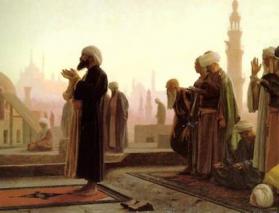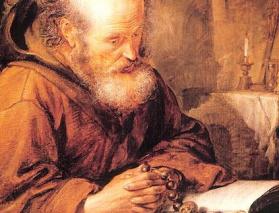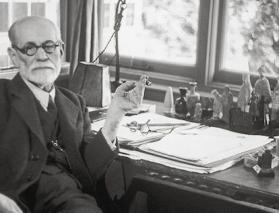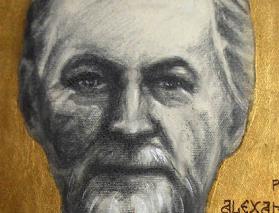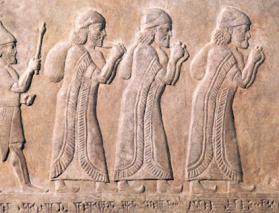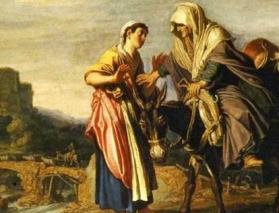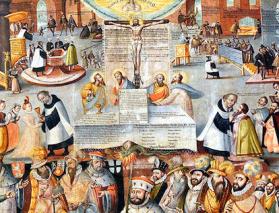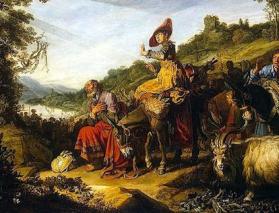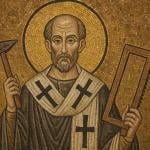In his contribution to Spoken and Unspoken Thanks, Kevin Reinhart observes that “in English both ‘thanks’ and ‘gratitude’ belong to the domain of individual inner life and using them in a religious context mirrors our Western understanding of religion as interior and affective, as dispositional rather than operational” (116). It’s important, he says, “to remember that there are times and places in which ‘thanks’ is best understood as having an operational and social meaning” (133). His essay explores some of those times... Read more

